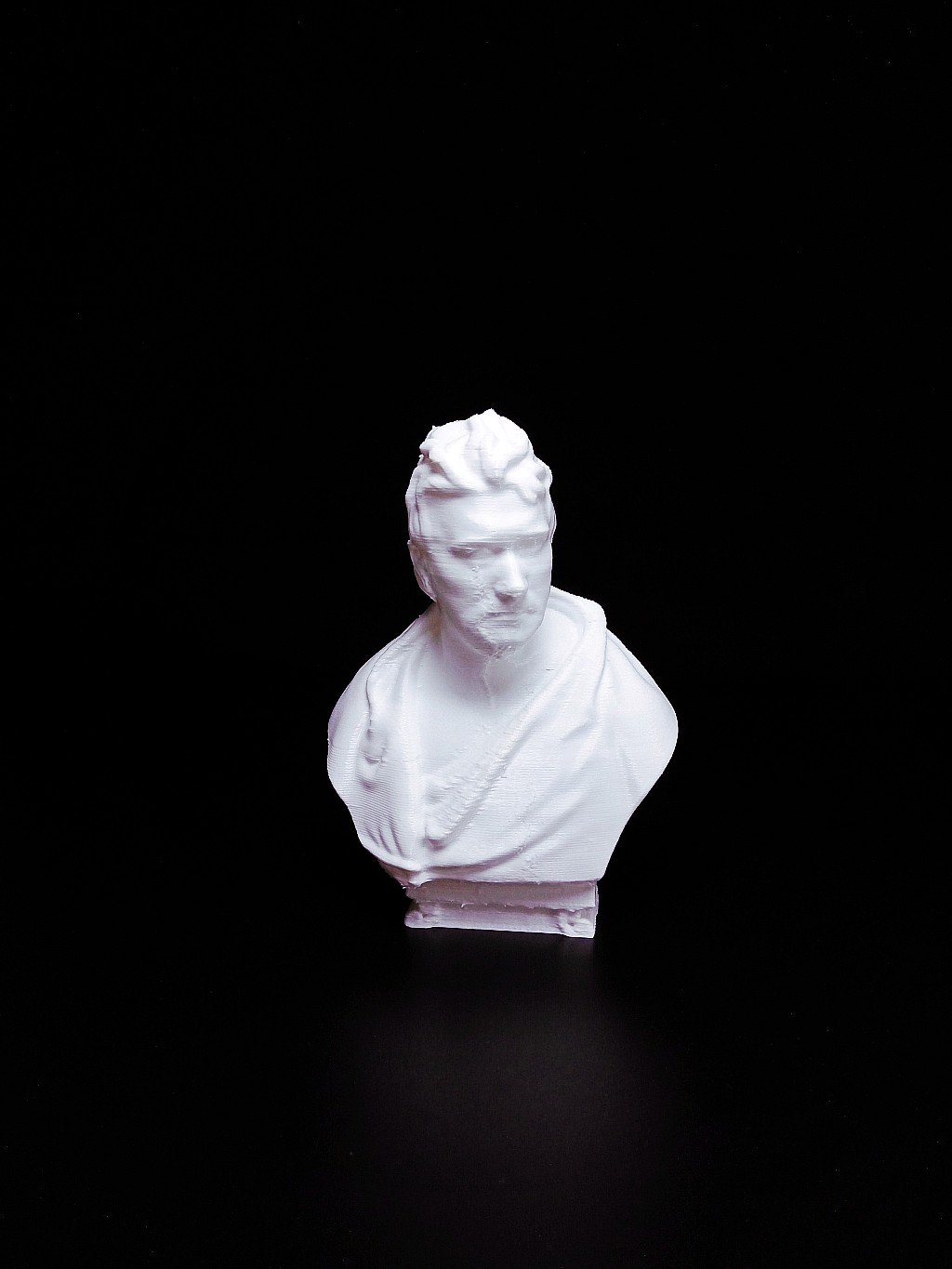
John Rennie the Elder
myminifactory
John Rennie (7 June 1761 – 4 October 1821) was a Scottish civil engineer who designed numerous bridges, canals, and docks. Rennie, the younger of two sons born to a farmer, demonstrated a keen interest in mechanics from an early age and spent considerable time in the workshop of Andrew Meikle, millwright and inventor of the threshing machine. Rennie received a basic education at the parish school near Prestonkirk Parish Church before attending the burgh school at Dunbar. In November 1780 he matriculated at the University of Edinburgh, where he stayed until 1783. Rennie's older brother George remained in Scotland to manage their family's agricultural business, achieving significant success in this field. Rennie used his university vacations to work as a millwright and establish his own business. At this early stage in his career, Rennie introduced cast iron pinions instead of wooden trundles, showcasing his innovative mind. In 1784, Rennie traveled south to expand his knowledge and visited James Watt at Soho, Staffordshire. Watt offered him an engagement, which he accepted, and soon after left for London to oversee the construction of the Albion Flour Mills' steam engine. The machinery was designed by Rennie, featuring iron instead of wood for shafting and framing. About 1791, Rennie set up his own mechanical engineering business in Holland Street, Blackfriars, where he conducted significant engineering operations. That same year, the Albion Flour Mills were destroyed by arson. In 1791, Rennie moved to London and established his civil engineering business, expanding into canal construction. His early projects included the Lancaster Canal (started 1792), the Chelmer and Blackwater Navigation (1793), the Crinan Canal (1794-1801), Rudyard Lake (1797), and the Rochdale Canal (1799). Rennie's work on the Kennet and Avon Canal, including the Dundas Aqueduct and Caen Hill Locks, occupied him from 1794 to 1810. In 1802, Rennie revised the plans for the Royal Canal of Ireland. For several years, he was engaged in extensive drainage operations in the Lincolnshire and Norfolk fens (1802-1810) and improved the River Witham. Just before his death, Rennie completed the Eau Brink Cut, a new channel for the River Ouse. Over the next few years, Rennie gained recognition as a bridge builder, combining stone with cast-iron techniques to create previously unknown low, wide, elliptical arches at Leeds Bridge and in London at Waterloo Bridge (1811-1817). His design featured nine equal arches and a perfectly flat roadway. Rennie's later work also showcased his skill as an architect, demonstrating a keen sense of beauty and design. Waterloo Bridge was considered Rennie's masterpiece and the most prestigious bridge project in England, described as 'perhaps the finest large masonry bridge ever built.' The Italian sculptor Canova called it ‘the noblest bridge in the world’ and said that ‘it is worth going to England solely to see Rennie’s bridge.’ London Bridge, built from his design by his sons, was constructed after his death. Southwark Bridge (1815-1819) was built as three cast-iron spans over the river. Rennie designed and built docks at Hull, Liverpool, Greenock, London, Leith, and improved harbours and dockyards at Chatham, Devonport, Portsmouth, Holyhead, Ramsgate, and Sheerness. His final project was London Bridge, still under construction when he died in 1821 but completed by his son, also John Rennie.
With this file you will be able to print John Rennie the Elder with your 3D printer. Click on the button and save the file on your computer to work, edit or customize your design. You can also find more 3D designs for printers on John Rennie the Elder.
